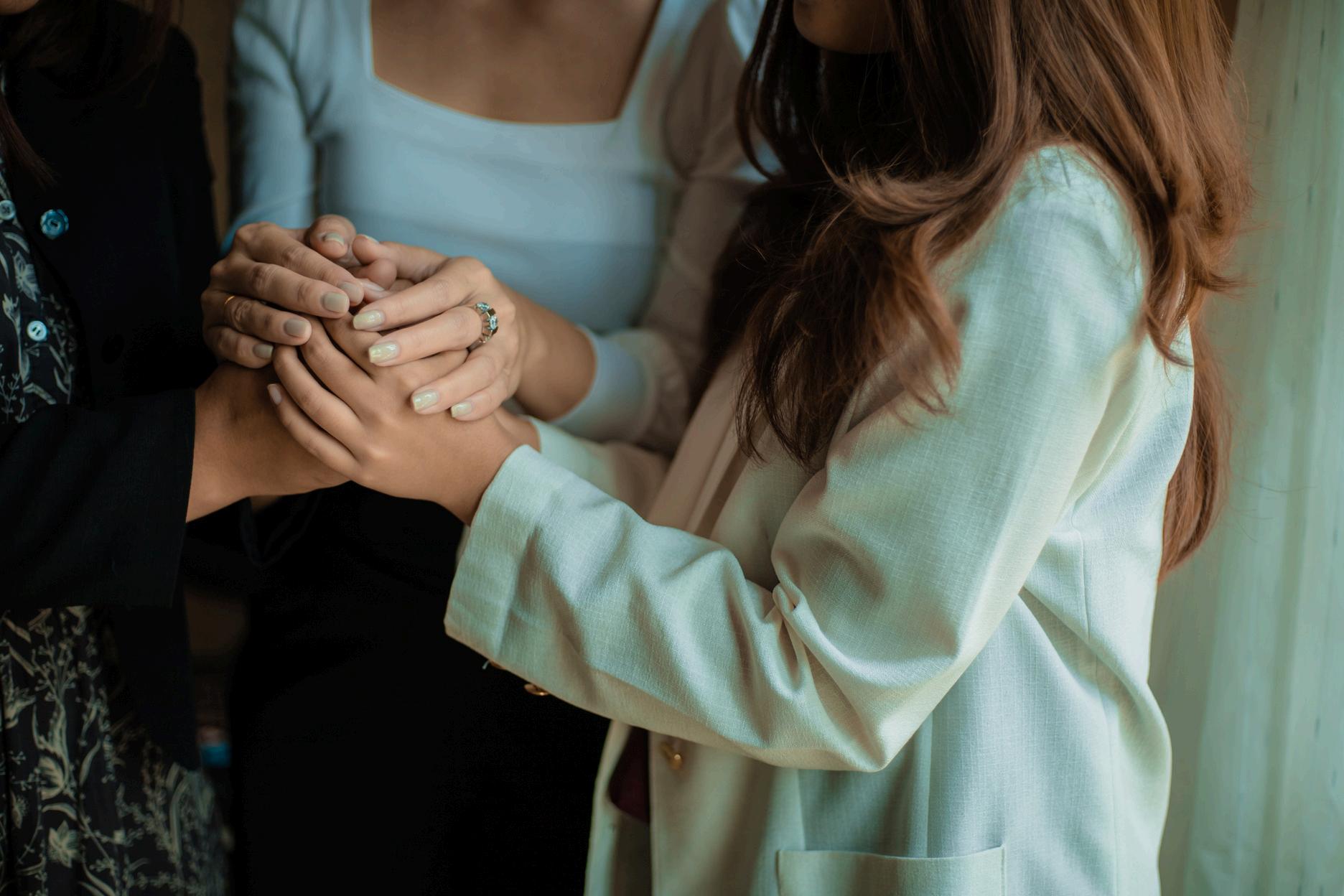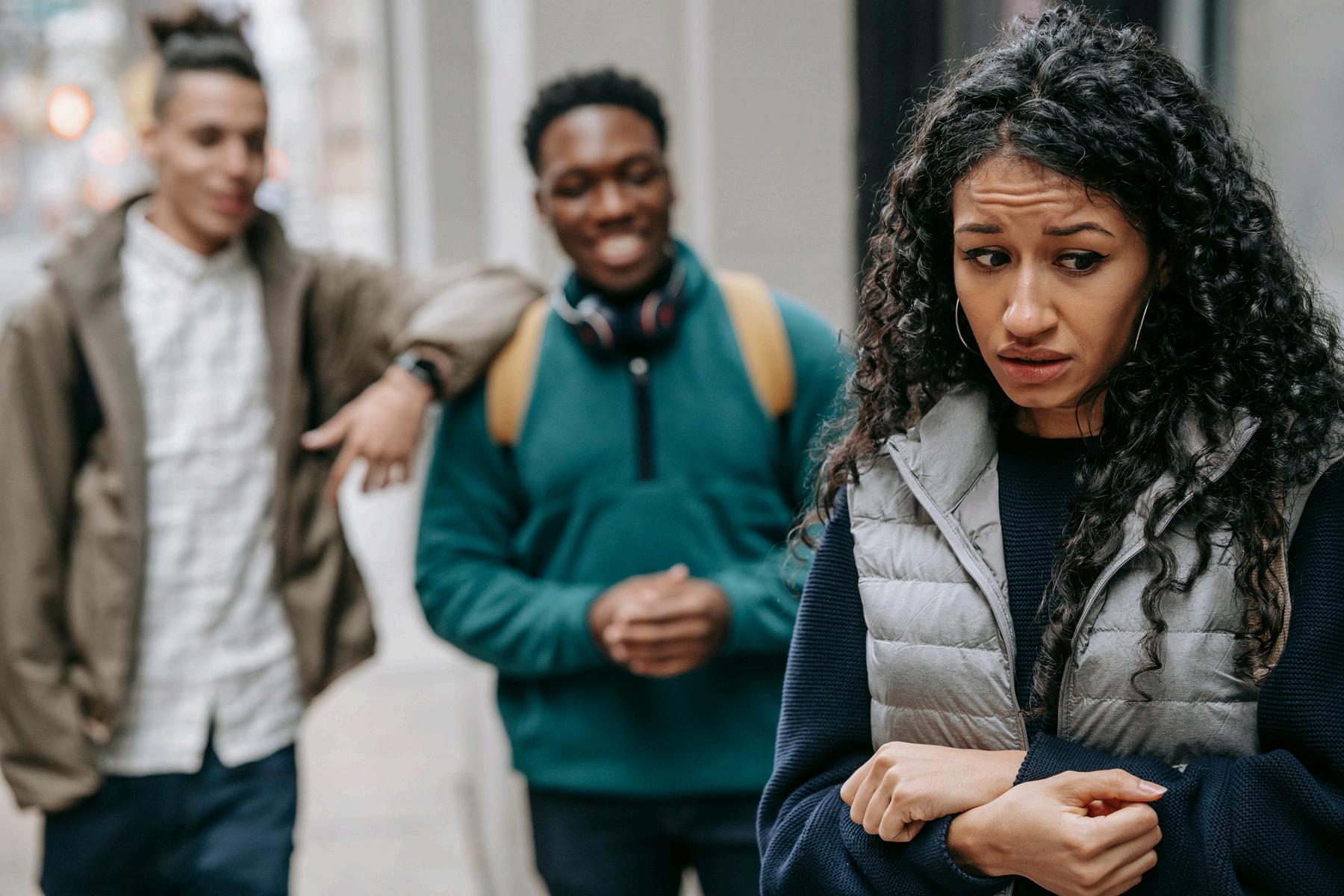
8 minute read
From Despair to Hope: My Journey with Leukemia and CAR T-Cell Therapy
by Camille Leahy
I’ve faced many challenges in life, like so many others. But 2019 was a year I’ll never forget. At the time, I had been working in a long-term care facility in the dietary department for 17 years. While I didn’t always love my job, I truly enjoyed connecting with the residents. Unlike other staff who had to invade their personal space for care, I got to bring joy through food and conversation. I know I made a difference in their lives.
Unfortunately, the work environment had become incredibly toxic. I was verbally abused by my manager, bullied, and intimidated—even though I was a dedicated and hardworking employee. As a single mother trying to work full-time without support, I was offered no compassion. I was overworked, often unable to take proper breaks, and it began to take a toll on me—mentally, physically, and emotionally. I wasn’t the mother my daughter deserved. I was exhausted and worn out.
Eventually, I had to take a sick leave. But being the sole provider made that decision even harder. I was overwhelmed by the thought of returning to that environment, but I knew I had to find something else. I began applying to every job I could find—cleaning homes, cashier work, anything that would keep me from going back. I was starting to lose hope. Then, in December 2019, I got hired at my local hospital in their dietary department. I was so nervous. I was about to give up a job with full benefits, five weeks of paid vacation, sick time, and guaranteed hours. But my mental health—and being a better mother—mattered more. I quit the old job, prepared for the new one, and used up any remaining benefits before they expired.
Still, I was struggling. Depression weighed heavily on me, but I kept pushing forward. I decided to finally have a wisdom tooth removed something I had avoided for years I knew I wouldn’t be able to afford it once my new job (which came with no benefits) started. The extraction was awful. I was in pain for weeks, but the dentist assured me it was normal. I was put on antibiotics, just in case. My doctor, preoccupied with completing paperwork for my new job, didn’t take my concerns seriously.
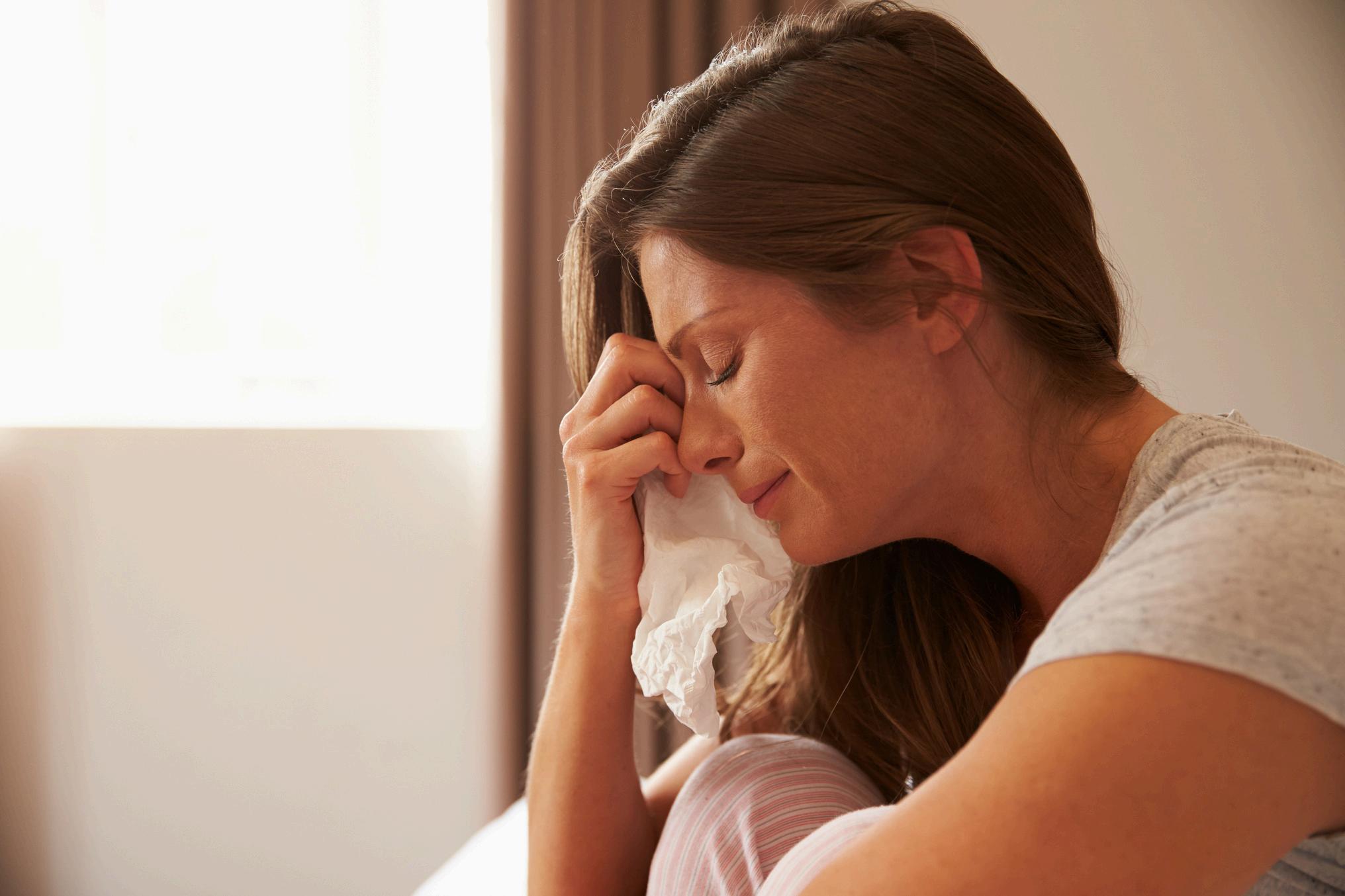
The pain didn’t go away. I started getting dizzy spells and nearly passed out after taking hot showers. One day, while my daughter was at school, I had had enough. I called my mom and asked her to take me to the ER.
That decision changed my life.
It was January 5th, 2020. I was scheduled to start orientation for my new job on January 7th—at the same hospital where I was now a patient. The ER was overcrowded. I was dizzy, nervous, and scared. Blood tests revealed my hemoglobin was in the 70s. I needed an urgent blood transfusion.
I was placed in a supply room with a hard doctor’s office bed. After receiving two transfusions, I was told I’d been referred to a blood specialist for possible anemia. I was eventually moved to a stretcher in a hallway, facing the trauma room, next to a bathroom. I stayed there for over 24 hours. It was awful.
Then a hematologist came to see me. He asked if I had symptoms like weight loss or bruising. I hadn’t. In fact, I had gained weight due to exhaustion and depression. Still, he said more tests were needed—maybe a blood infection or lymphoma—but reassured me it wasn’t acute leukemia. I often wonder why he was so sure.
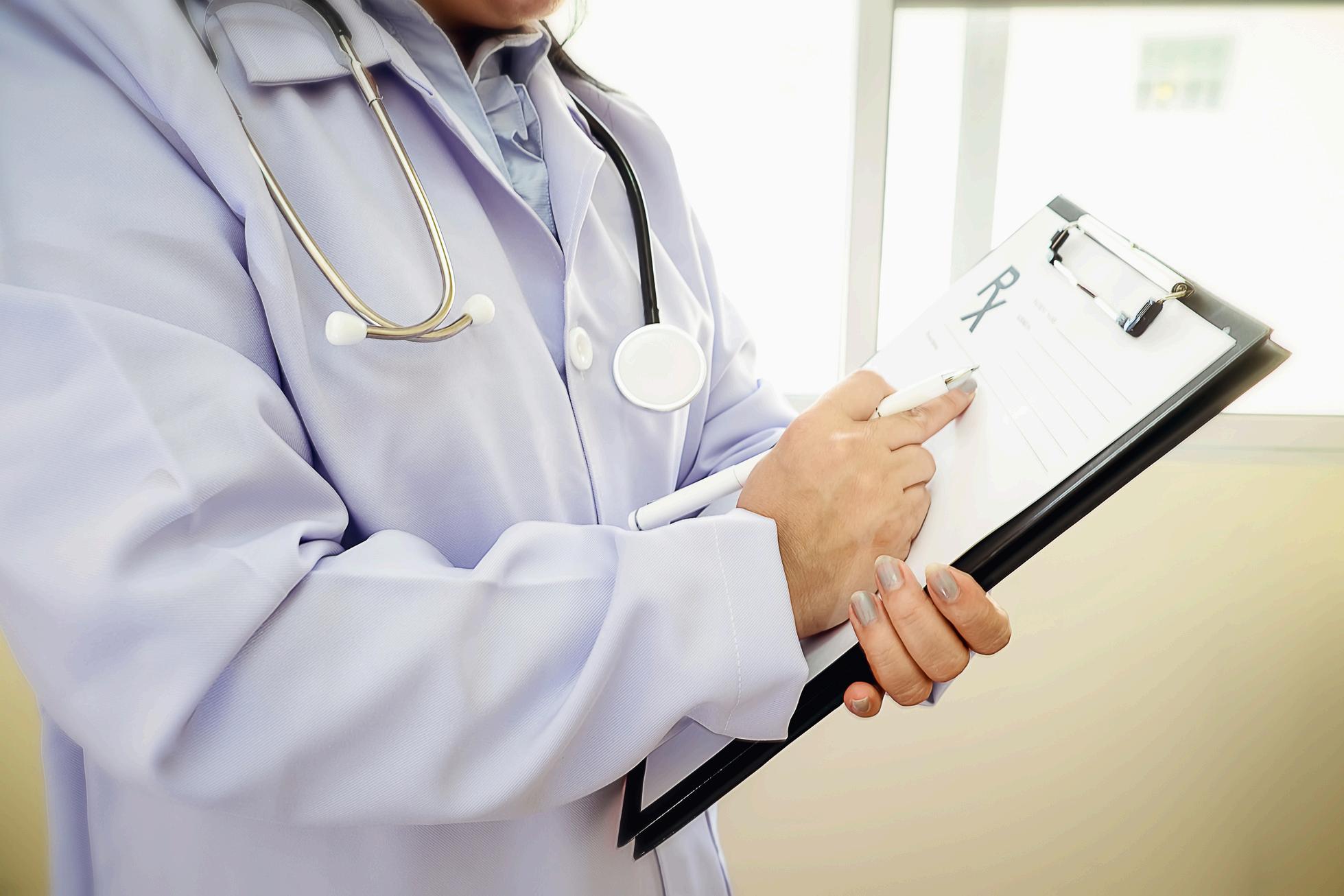
Lying in that hallway, watching people die and families grieve, I couldn’t shake the fear. And now, the possibility of cancer? I couldn’t have cancer—I was my daughter’s only parent. Eventually, I was admitted. But with no beds available, I was placed in an overflow room in the cancer unit with three male patients. My stretcher was pushed against a wall, and I received a bone marrow biopsy at my bedside. I was in pain, barely able to function. Something was very wrong.
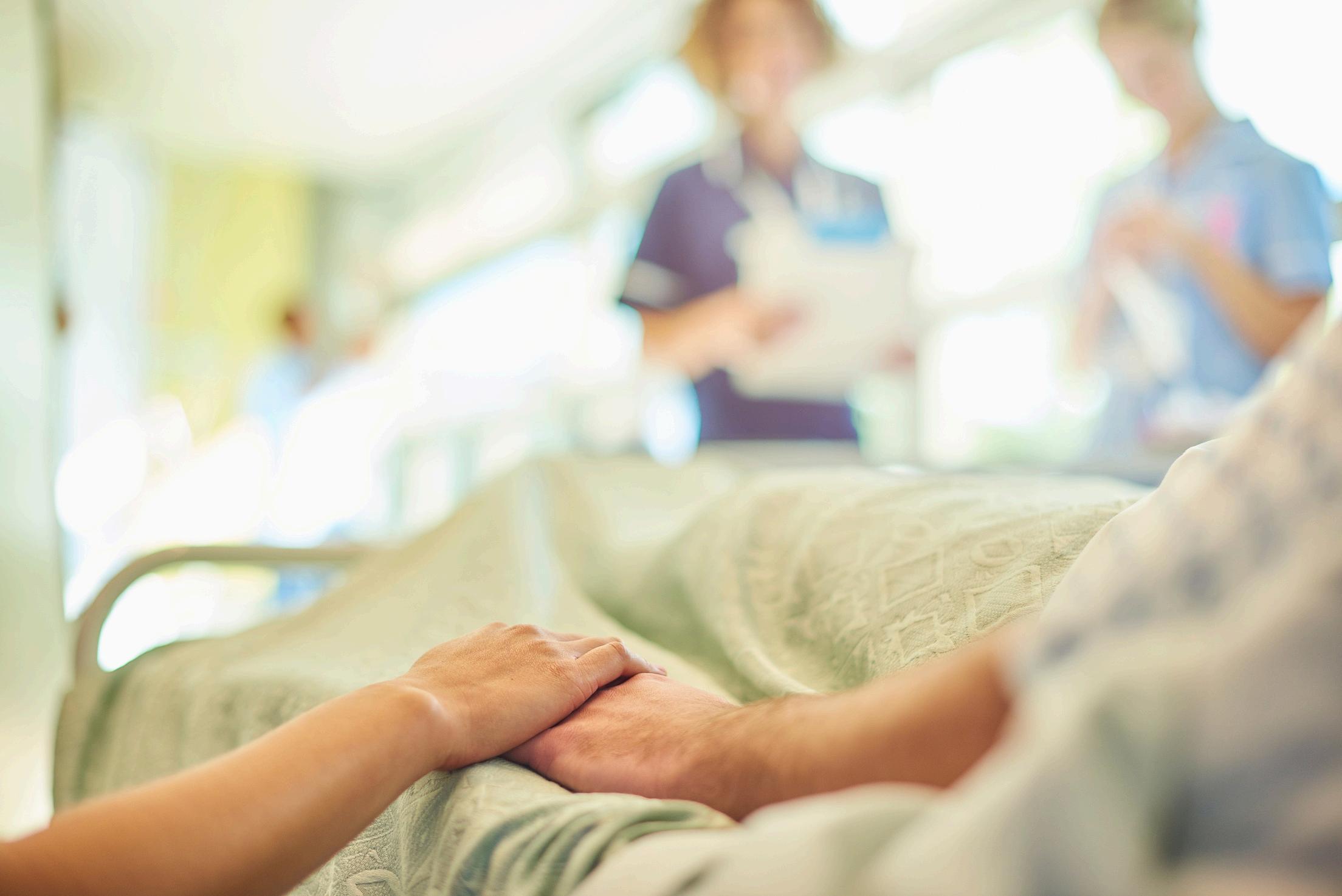
Then came the news: Acute Lymphoblastic Leukemia. End-stage.
I was stunned. Out of all the cancers, I never imagined leukemia. It’s not supposed to be hereditary, yet my grandfather died from it in 2008. A close family member was diagnosed with CML in 2007, and three other relatives had blood-related illnesses. My worst fear had come true. My mom and daughter were in the hallway waiting to visit. I was in shock. I asked to see my daughter and begged the staff to tell my mom, because I couldn’t. Watching my daughter’s face as they broke the news shattered me. She was only 11 and clung to me, terrified. I wasn’t going home. The next day, I was referred to Princess Margaret Cancer Centre.
From Newmarket, I was transferred by ambulance to Toronto. A family member met me there. I underwent an overwhelming intake process—dozens of vials of blood, endless tests. Thank God I had someone with me to take notes. I was told I’d be sent back to my local hospital until a bed became available. When it did, I returned to Princess Margaret for what would be a month-long induction using the Dana-Farber protocol. I was told it was treatable, and although the journey would be tough, I could eventually return home for maintenance treatment. That January was brutal. Being away from my child, hearing her cry, broke me. But my mother drove her to visit almost daily. Her support gave me the strength to fight.
There were moments during that month when I didn’t think I would make it. I developed two pulmonary embolisms and a Hickman line infection, and it nearly killed me. The pain, the fear, the constant monitoring—it was overwhelming. But by God’s grace, I pulled through. Then, just when I thought I was in the home stretch, the induction failed. Leukemia blasts were still present. I needed another month of treatment. I was heartbroken. This wasn’t the plan. I begged to go home—just for a weekend—and they agreed. But when I arrived home, I collapsed. I couldn’t even walk up one step. Still, I stayed the weekend. I needed that time with my daughter. Back in the hospital, I was given immunotherapy instead of chemo. It worked, but my leukemia was deemed aggressive. A stem cell transplant was recommended. I was devastated. The pandemic has begun.How could I find a donor?
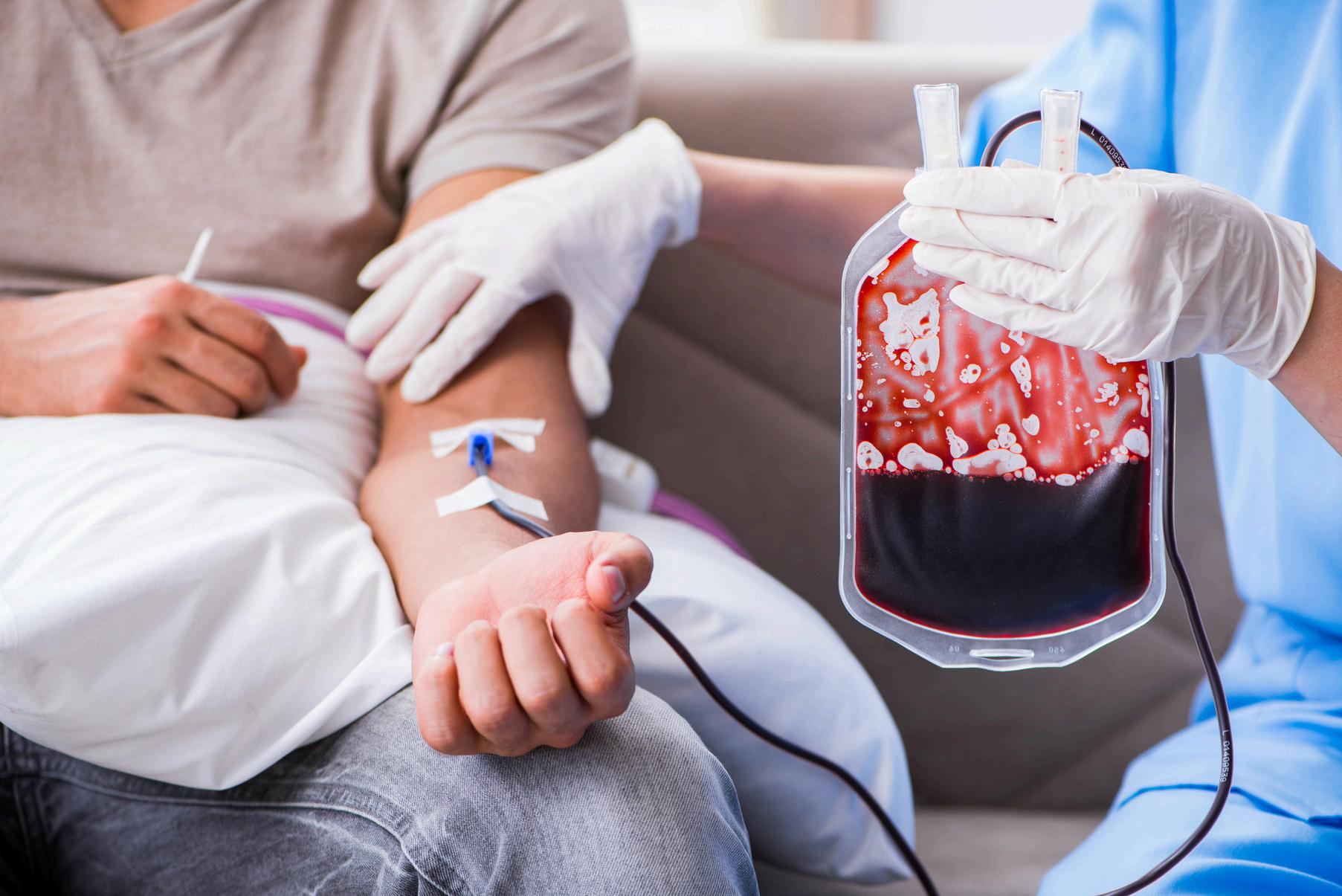
I prayed. My faith carried me. None of my siblings were a match, but they found a 9/10 match. After complications with the first donor, the second one came through. On July 9, 2020, I received my transplant. I was isolated and in agonizing pain, but I survived. Eight months later, in March 2021, the cancer returned. I was admitted again—alone due to COVID. I was told there were no options left. I couldn’t believe it. I was dying.
Then I remembered a conversation during transplant prep—about CAR T-cell therapy. I asked about it, and my doctor said a trial had just started in Ottawa. I didn’t wait. With help from a family member and a stroke of divine timing, I contacted the lead investigator, Dr. Natasha Kekre.
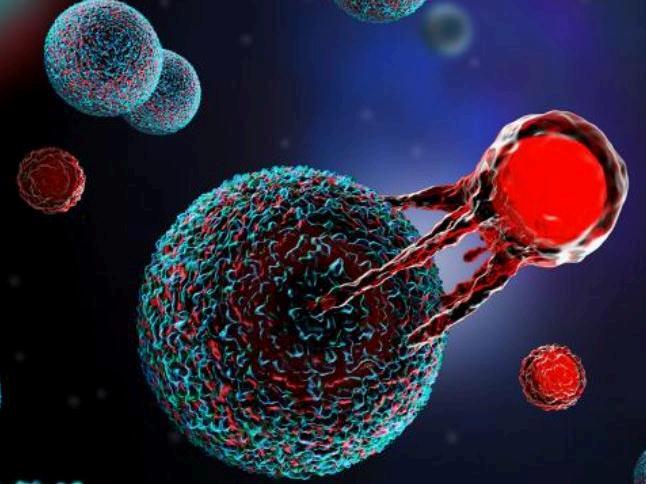
After multiple attempts and setbacks—including infections, a central nervous system relapse, and nearly being denied—I finally received my modified T-cells on September 15, 2021, through the CLIC-01 trial. That therapy saved my life.
Recovery wasn’t easy. In 2022, I went into heart failure after being misdiagnosed in the ER. But with medication, my heart is now functioning fully.
As of September 15, 2025, I will be four years post-CAR T-cell therapy with no evidence of disease. I still face health challenges, and the fear of relapse is always there. But I keep going—for my daughter, for my faith, and for the hope that my story can help others.

Today, I share my journey openly as a keynote speaker, panellist, and patient advocate. I’ve had the honour of speaking across Canada and the U.S.—from Parliament Hill to Hollywood— amplifying the message that access to innovative treatments like CAR T-cell therapy must not be reserved as a last resort. Lives depend on early access, compassionate care, and being heard.
I now advocate for better treatment options and greater access to groundbreaking clinical trials, because patients shouldn't have to wait until they're out of options to receive lifesaving care. My first priority will always be living a full life with my daughter, but I also want to continue bringing hope to this community. You are not alone. Together, we can make the impossible possible.
